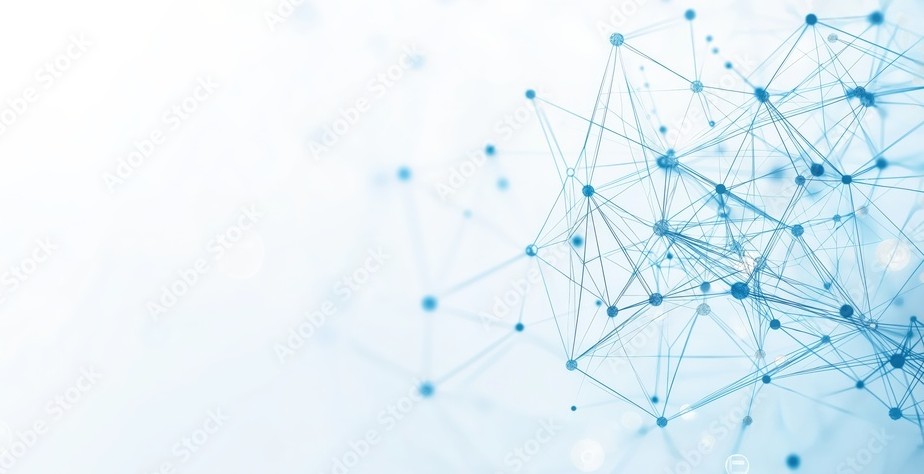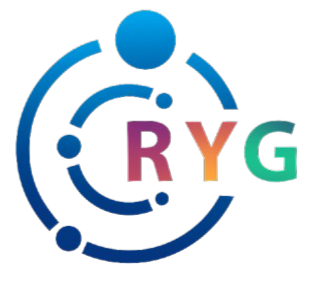1. Introduction: The Intersection of Mythical Creatures and Modern Design
Mythical creatures have long captivated human imagination, serving as symbols of cultural identity, moral lessons, and storytelling traditions. In contemporary contexts, these fantastical beings are not confined to ancient legends; instead, they have been seamlessly integrated into modern aesthetics to create engaging, meaningful, and visually compelling designs. From corporate branding to digital media, mythical themes offer a bridge between timeless narratives and innovative visual communication.
This article explores how mythical creatures influence modern design, emphasizing educational insights into their symbolic power and practical applications. We will examine specific examples, including innovative branding like the full ruleset for Le Zeus, illustrating how ancient symbolism is reinterpreted for today’s audiences. Our journey starts with understanding the foundational significance of mythological themes and progresses toward their strategic use in various media.
Quick Navigation
- The Educational Value of Mythical Creatures in Design
- Mythical Creatures as Archetypes in Modern Visual Communication
- From Legends to Logos: Translating Mythology into Modern Logos and Products
- Mythical Creatures in Digital and Interactive Media
- Deep Dive: The Significance of Specific Mythical Symbols in Design
- Case Study: «Le Zeus» — A Modern Illustration of Myth in Product Design
- Non-Obvious Dimensions of Myth-Inspired Design
- Conclusion: Embracing Mythical Creatures for Innovative Modern Design
2. The Educational Value of Mythical Creatures in Design
Mythical creatures serve as powerful tools in shaping cultural identity and storytelling. They embody collective values, fears, aspirations, and moral lessons, which resonate across generations. For example, the dragon, prevalent in Eastern and Western mythologies, symbolizes power, wisdom, and protection, influencing modern branding strategies that seek to evoke strength and reliability.
Symbols and allegories derived from mythological beings form a visual language that communicates complex ideas succinctly. The phoenix, representing rebirth and renewal, is frequently employed in corporate logos and product packaging to signify resilience and fresh beginnings. Such symbolism enhances user engagement by tapping into the subconscious associations and emotional responses rooted in cultural myths.
Research indicates that visuals inspired by mythological themes can significantly increase audience engagement. According to a 2020 study published in the Journal of Visual Communication, myth-inspired imagery improves brand memorability and emotional connection, underscoring their educational and practical value in modern design.
3. Mythical Creatures as Archetypes in Modern Visual Communication
Mythical creatures are archetypes—universal symbols that evoke shared human experiences. Recognizable examples include leprechauns, dragons, and phoenixes, each embodying distinct qualities such as luck, strength, and transformation. These archetypes transcend cultural boundaries, making them effective tools in global branding and visual storytelling.
The psychological impact of these archetypes is profound. Carl Jung’s theory of collective unconscious suggests that such symbols resonate deeply within our subconscious, influencing perceptions and behaviors. For instance, brands leveraging the phoenix symbolize resilience and innovation, fostering trust and aspiration among consumers.
Successful case studies include:
- Dragon motifs in tech branding: Companies like Dragon Capital use dragon imagery to convey power and wisdom.
- Leprechaun branding: Irish brands incorporate leprechauns for luck and cultural authenticity.
- Phoenix in recovery branding: Businesses undergoing transformation often adopt phoenix imagery to symbolize rebirth.
4. From Legends to Logos: Translating Mythology into Modern Logos and Products
In branding, incorporating mythical themes requires a delicate balance—melding symbolism with contemporary aesthetics. Principles include:
- Simplicity: Mythical symbols should be distilled into recognizable, clean visual elements.
- Relevance: The mythological reference must align with the brand’s core values.
- Versatility: Designs should translate well across various media and scales.
Examples include:
- Le Zeus: An innovative product inspired by Greek mythology, highlighting strength and divine power. Its visual elements evoke mythological symbolism, successfully resonating with modern consumers.
- Myth-inspired logos and packaging: Brands often incorporate symbols like dragons, gods, or mythical creatures to convey specific qualities. The integration of myth enhances brand memorability and emotional appeal.
Achieving this balance often involves simplifying complex symbols into minimalistic, aesthetically pleasing designs that evoke the myth’s essence without overwhelming the viewer.
5. Mythical Creatures in Digital and Interactive Media
The digital realm offers new avenues for mythological storytelling. Video games such as God of War or The Legend of Zelda leverage mythical creatures to deepen narrative immersion. Apps and virtual environments increasingly incorporate myth-inspired themes to create captivating user experiences.
Augmented reality (AR) technology enhances this storytelling by bringing mythical beings into real-world contexts. For example, AR apps allow users to see dragons or gods in their environment, fostering a direct, visceral connection with mythic narratives.
Modern technology thus acts as a catalyst, elevating mythological storytelling into interactive, multisensory experiences that engage audiences more deeply than ever before.
6. Deep Dive: The Significance of Specific Mythical Symbols in Design
a. The Oak as Zeus’s Sacred Tree at Dodona
The sacred oak tree at Dodona was venerated in ancient Greece as a divine conduit for Zeus. Its symbolism of wisdom, stability, and divine communication influences modern design elements that seek to evoke authority and reverence. The oak’s enduring strength and sacred status make it a potent symbol in branding and visual arts, embodying resilience and spiritual connection.
b. Irish Leprechauns and Rainbows
Leprechauns, mythic Irish fairies, are associated with rainbows and luck. Their imagery is widely used in branding to evoke fortune, hope, and cultural authenticity. The rainbow, as a bridge to treasure, reinforces themes of prosperity and wonder—making it a strategic visual motif in product packaging and advertising.
c. The Rarity of Four-Leaf Clovers
Four-leaf clovers symbolize luck, rarity, and individuality. Their infrequent appearance makes them powerful symbols in marketing campaigns emphasizing uniqueness and positive outcomes. Their incorporation into design taps into universal desires for good fortune and personal distinction.
7. Case Study: «Le Zeus» — A Modern Illustration of Myth in Product Design
«Le Zeus» exemplifies how ancient Greek mythology can inspire contemporary branding. Its conceptual development draws on Zeus’s attributes—power, authority, and divine influence—translating these themes into visual elements such as lightning motifs, regal colors, and mythological references. The design evokes a sense of strength and legend, resonating with consumers seeking premium, impactful products.
Visual components include:
- Lightning symbols: Signify energy and divine power.
- Color palette: Deep blues and golds evoke royalty and authority.
- Mythological motifs: Subtle references to Greek art and mythology enhance storytelling depth.
Consumer perception studies reveal that such myth-inspired branding fosters trust, admiration, and a sense of connection to timeless narratives, illustrating how myth can be modernized effectively.
8. Non-Obvious Dimensions of Myth-Inspired Design
Beyond aesthetics, myth-inspired design raises important ethical considerations. Cultural sensitivity must be prioritized to avoid misappropriation or misrepresentation of sacred symbols. For example, using indigenous mythologies without proper understanding can lead to cultural insensitivity.
Mythology also serves as a catalyst for innovation. Creative problem-solving can be inspired by mythic narratives—such as viewing challenges as dragons to be slain or opportunities as phoenix-like rebirths. This mindset fosters resilience and imaginative thinking in design processes.
Looking ahead, mythical themes can promote sustainable and inclusive design by emphasizing universal values like harmony, rebirth, and community. Integrating diverse mythologies encourages cultural exchange and broadens creative horizons.
9. Conclusion: Embracing Mythical Creatures for Innovative Modern Design
Mythical creatures and symbols offer rich educational and aesthetic benefits for modern design. They provide a shared language for storytelling, foster emotional connections, and inspire innovative solutions. Thoughtful integration of mythological narratives can enhance branding, digital experiences, and cultural dialogue.
As designers explore these timeless themes, it is vital to approach them with cultural sensitivity and creative integrity. Mythology’s enduring relevance lies in its capacity to evolve and inspire—shaping our visual culture in ways that are both meaningful and forward-looking.
In embracing these symbols, creators can craft stories and visuals that resonate across generations, fostering a deeper appreciation for the myths that continue to influence our modern world.



Leave a Reply